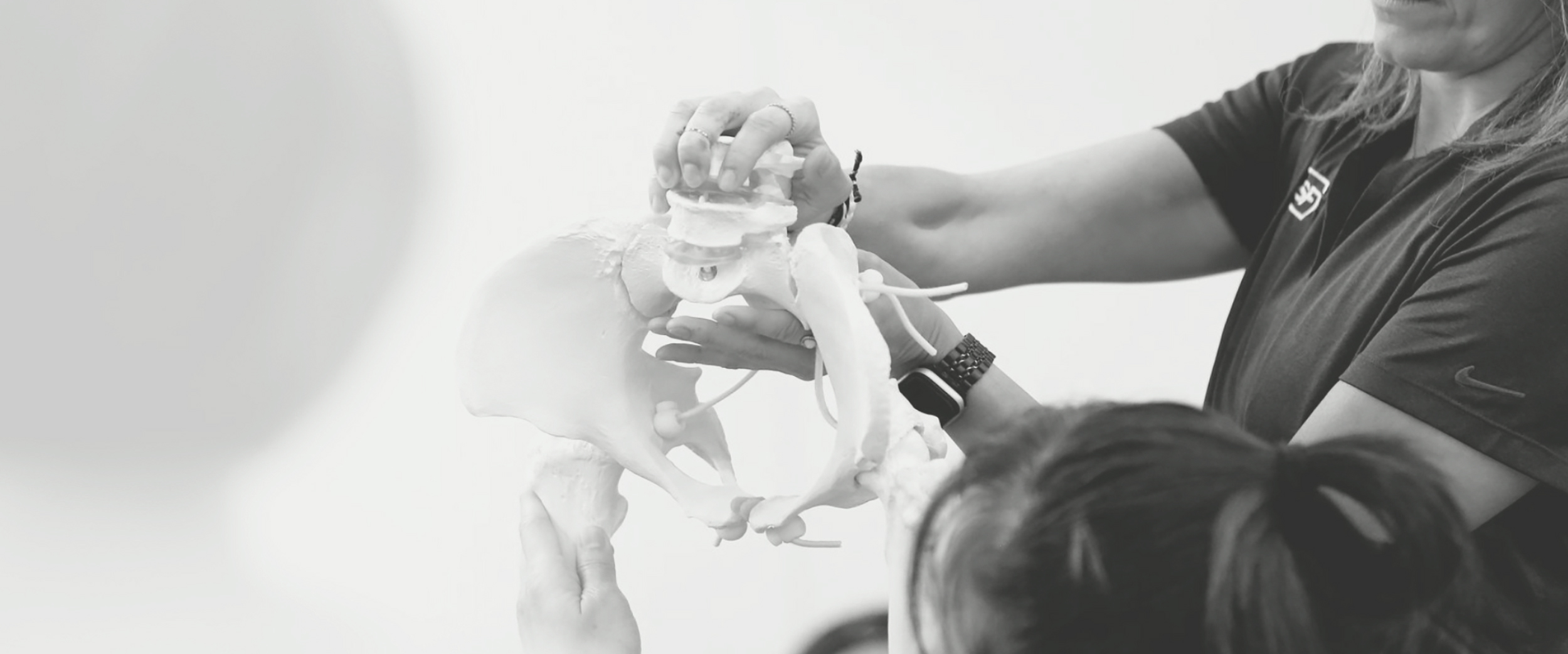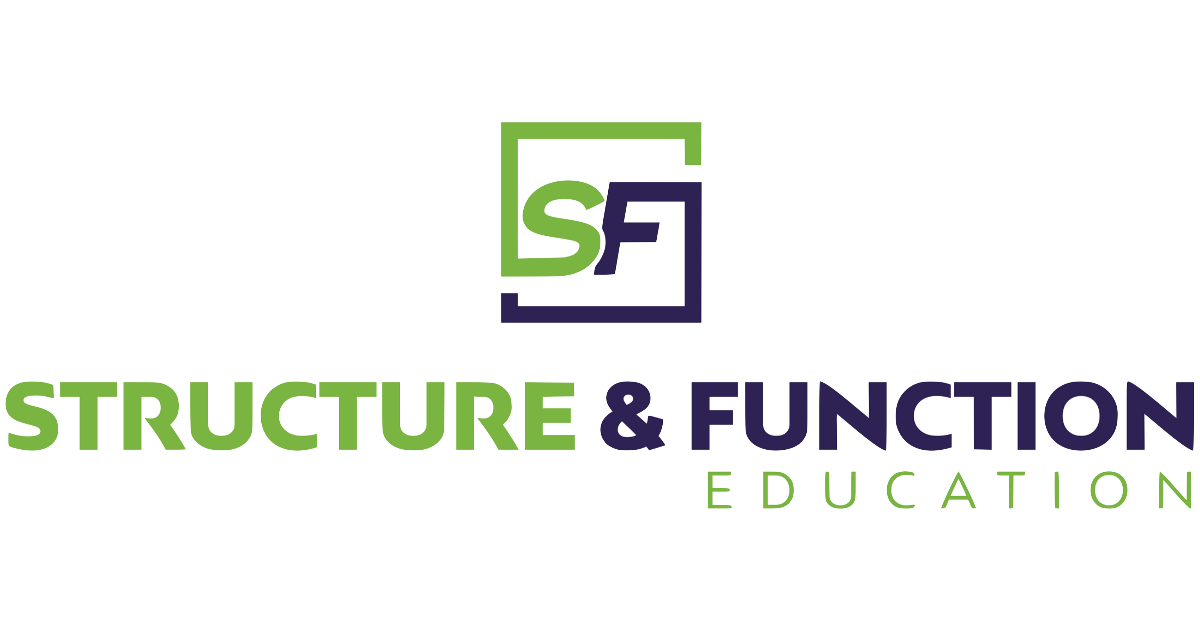
Frequently Asked Questions
- Dry Needling FAQ
- Fascial Manipulation FAQ
- What is the Fascial Manipulation® assessment and treatment?
- Can you give an example of how Fascial Manipulation® works?
- Why is Fascial Manipulation treatment sometimes painful?
- Fascial Manipulation, wrapping it all up
- Why is the practitioner working far from the region of the symptoms in Fascial Manipulation?
Dry Needling FAQ
How is dry needling different from acupuncture?
According to the article “Dry Needling vs. Acupuncture: The Ongoing Debate” by Kehua Zhou, there are many forms of acupuncture. One type of acupuncture is known as Western Medical Acupuncture (WMA). Again, there are several different type of WMA, and dry needling should be considered a subcategory of WMA. The full free access article can be found here http://aim.bmj.com/content/33/6/485.full
Dry Needling is performed by health care practitioners including athletic trainers, physical therapists, chiropractors, medical doctors, doctors of osteopathy and more. These health care professionals have spent thousands of hours of formal education in anatomy, physiology, neuroanatomy, pathology and differential diagnosis and have taken additional education to be able to perform dry needling.
Every health care professional operates under a national and/ or state license or certification. The state board in which you practice will have information on whether or not dry needling falls into your practice act and if it does, what the requirements are for you to utilize it as a clinician.
Does dry needling hurt?
For the most part, dry needling is a non-painful or minimally painful technique, depending on the type of dry needling that is being done. Structure & Function: Dry Needling is a minimally painful technique, with patient comfort being an emphasis (along with safety) during all treatment sessions.
What are the requirements for me to take the Foundations in Dry Needling for Orthopedic Rehab and Sport Performance?
You have to be a licensed or certified health care practitioner who is allowed to dry needle per your specific practice act, association or board ruling. There are no other specific pre-requisites to take the foundational class offered by Structure & Function. Health care practitioners with no needling experience are welcome to take the foundations class, along with those who have needling experience who are looking to expand their education in dry needling.
Why should I do dry needling education through Structure & Function?
Structure & Function was created by Sue Falsone PT, MS, SCS, ATC, CSCS, COMT, RYT. She has over 20 years of clinical experience which has culminated into a unique practice that has been used successfully and repeatedly with athletes performing at the highest levels of sport. If your clinical practice consists of orthopedic rehab, sports rehab and/or sports performance, Structure & Function: Dry Needling is for you. There are many different schools of thought in dry needling with different approaches and philosophies. We encourage people to explore all of these models to see what fits best for your personal practice and patient population.
Fascial Manipulation FAQ
What is the Fascial Manipulation® assessment and treatment?
Assessment of the presenting problems is very important and may consist of several parts:
History taking to understand the unique set of circumstances that your patient and their body have experienced throughout life.
Movement tests to understand how your body parts move in relation to each other
Testing of muscles and joints for strength and range of motion
Manual palpation of very specific regions of the body in order to determine the location of fascial alterations which may be involved with your problem
Pre-treatment and post-treatment assessments give us subjective (what you feel) and objective (what we measure) verifications of the outcome of treatment.
Treatment consists of deep tissue manipulation of very specific and focused areas of the deep fascia where muscular forces converge in order to move body parts in specific directions or in complex patterns. Some are located in the muscles themselves, others around the tendons, ligaments and joints. Treatment may be targeted at a single area of the body or it may be necessary to treat several areas in order to achieve balance within the system.
Can you give an example of how Fascial Manipulation® works?
Tough question to answer in short form. Here are some general points:
1. Thorough case history emphasizing past, concurrent and present complaints. It is often necessary to evaluate and treat older injuries since the current complaint may be compensatory.
2. Functionally evaluate areas of complaint (active, passive, resistive) to determine which areas require treatment.
3. Decide what fascial plane or planes appear to be most involved.
4. Palpate FM points that relate to the painful movements for densification, tenderness and referral pattern (referred pain may occur after a few minutes of manipulation).
5. Decide what plane you will treat based on the most involved points. Also, palpate antagonists of plane or planes we decide to treat.
6. After treating each point that was related to a painful functional test, do a post-check to see if the painful movement was relieved.
Why is Fascial Manipulation treatment sometimes painful?
The areas that are manipulated during treatment, where the fascia is “stuck”, contain the very same kind of nerve endings that were described earlier – including free nerve endings that transmit pain signals.
When we find a densification, we compress the tissues enveloping it and move back and forth to create friction, heat and gliding. This helps to change to consistency of the chemical substances within the fascia that are responsible for its gliding characteristics from a sticky glue-like state to a fluid lubricating state – thus restoring freedom of movement between the layers of fascia. As this freedom of movement is restored, the pain transmitting nerve fibers become unrestricted and quit sending nociceptive (pain) signals to the nervous system.
A mild inflammatory state occurs after manipulation. This is a normal part of the healing process and is necessary for the body to bring in various substances and specialized cells to clean up, nourish and rebuild the injured loose connective tissue and collagen fibers that make up the fascia
It is important to avoid strenuous activity after a treatment, although most patients experience a great deal of relief immediately afterward and want to get back to curtailed activities as soon as possible.
Mild exercise is fine and we want to move the affected structures to aid in restoration of normal movement but too much may complicate recovery.
Fascial Manipulation, wrapping it all up
The uniqueness of Fascial Manipulation® is that we are looking at the body as a whole, not just “where it hurts” or where the problems appear to be.
Most of the time, fascial alterations away from the affected painful area are the actual cause of the problem. In most cases, we are able to treat acutely painful conditions and not even touch the area that hurts. In other words, the fascial structures in other areas may be causing abnormal (or unbalanced) pull or stress on the muscles, joints or nerves that cause you to feel pain, limited movement or even altered sensations in a different part of your body.Your therapist or doctor may be testing and treating areas that you might think have nothing to do with your problem, but since the body is one complex and complete unit, it is very important to assess all aspects of the workings of the body in an effort to achieve balance and allow the body to do the job of healing itself more accurately.
Why is the practitioner working far from the region of the symptoms in Fascial Manipulation?
Sometimes the area of treatment is distant from the area of pain, discomfort or disability.
The reason for this is that the fascia forms a very intricate network throughout the body and each area of the body is connected in some way to every other area. We want to find and treat the root cause of an ailment – not the symptoms related to it.
The symptoms are merely the feedback systems of the body letting us know something is wrong. Treating a symptom without addressing its root cause may leave underlying problems undetected, which could allow recurrence of the problem or other future complications

